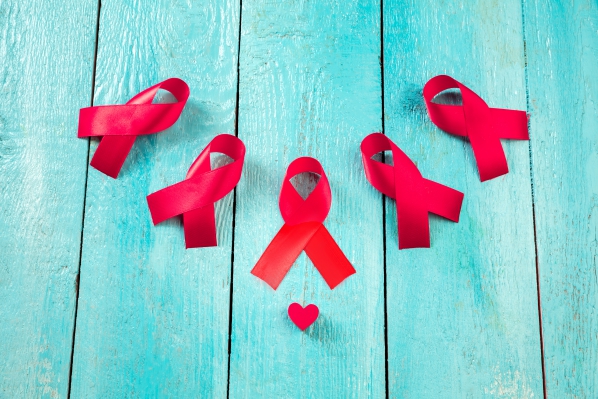Syphilis, Sexually transmitted infection, Chancre, Skin lesions, Treponema pallidum
Description : Syphilis is a bacterial infection that can be transmitted through sexual contact. It forms part of
Article Details :
What is syphilis?
Syphilis is a bacterial infection that can be transmitted through sexual contact. It forms part of the infections known as sexually transmitted infections (STIs). This infection can also be transmitted from a pregnant woman to her baby. In some cases, syphilis can also be transmitted through blood transfusion. The bacterium responsible for causing syphilis is called Treponema pallidum.
In 2016, there were 19.9 million cases of syphilis around the world in adolescents and people aged between 15-49 years. In many countries, syphilis have become a notifiable disease, which means that any new cases should be reported to concerned authorities.
After the first infection, the bacteria may remain dormant in your body for a long period of time before manifesting itself again. The diagnosis of syphilis should be confirmed as soon as the condition is suspected so that treatment can be initiated rapidly to prevent the occurrence of threatening complications.
How is syphilis transmitted?
Syphilis is caused by a bacterium known as Treponema pallidum. This bacteria is transmitted via contact with mucous membranes and infected lesions or sores. This is usually during sexual contact. However, it can also be transmitted through blood contact or from a pregnant woman and her baby.
Transmission through blood transfusion is rare as all blood donors are screened nowadays. Furthermore, the bacterium cannot survive for more than 24-48 hours under the conditions in which blood is stored at the blood bank.
Sexual transmission is possible if open infected lesions are present. These lesions are very infectious. You can get syphilis by kissing or touching a person with open infected lesions on the lips, mouth, breast or genitals.
Syphilis has also commonly been found to be transmitted and acquired along with other STIs, for examples, human immunodeficiency virus (HIV).
What are the symptoms of syphilis?
Once you get the infection, the clinical presentation will vary according to stages. Syphilis is classified into 4 stages:
· Primary syphilis: This is the first stage of infection. During this stage, the first sign present may be a sore also known as a chancre. It appears as a painless, raised red bump located where the infection entered the body. This further progresses to a small ulcer with a raised border. They are most commonly located on the penis, vagina or anus. In some cases, the sores may be found in less obvious locations such as the back of the throat or inside of the vagina and rectum. These symptoms usually start around 2-3 weeks after infection. They usually go on their own within a few weeks.
· Secondary syphilis: This is the second stage of infection. This begins few weeks or months after the symptoms of primary syphilis. Secondary syphilis usually present with a widespread rash and large grey or white patches on the body. Other symptoms may include fever, headache, sore throat, flu-like symptoms, weight loss and swollen nodes in the neck, armpit and groin area.
· Latent syphilis: As the name suggests, this stage does not present with any symptoms. Some people can be at this stage for years without knowing.
· Tertiary or late stage syphilis: During this stage, the infection has spread to other organs and causing damage. These may include the heart, brain, and skin, amongst others.
Neurosyphilis is when syphilis infection has reached the brain and the spinal cord. This can happen at any stage of infection. It can manifest with the following symptoms:
· Headache
· Nausea
· Vomiting
· Confusion
· Neck stiffness
· Changes in vision
How is the diagnosis of syphilis made?
To make the diagnosis of syphilis, your doctor will start by taking a history from you including your symptoms and your sexual history. Some personal questions might be asked but it is important for you to answer sincerely as this will help in making an accurate diagnosis and prevent further spread.
Once the history is taken, your doctor will examine you thoroughly to look for any signs of syphilis. To confirm the diagnosis, further tests may be requested including:
· Blood tests: Your doctor may order blood tests to identify the presence of antibodies against Treponema pallidum which will be positive if syphilis infection is present. You may be called to do the test if your sexual partner has been confirmed to have the disease.
· Lumbar puncture: This procedure is also known as spinal tap. It is usually indicated if Neurosyphilis is suspected. In this procedure, your doctor will insert a needle in your back to collect some of the fluid found around your spinal cord. This sample is then sent to a laboratory for further analysis, more specifically, to look for the bacteria that causes Read more







